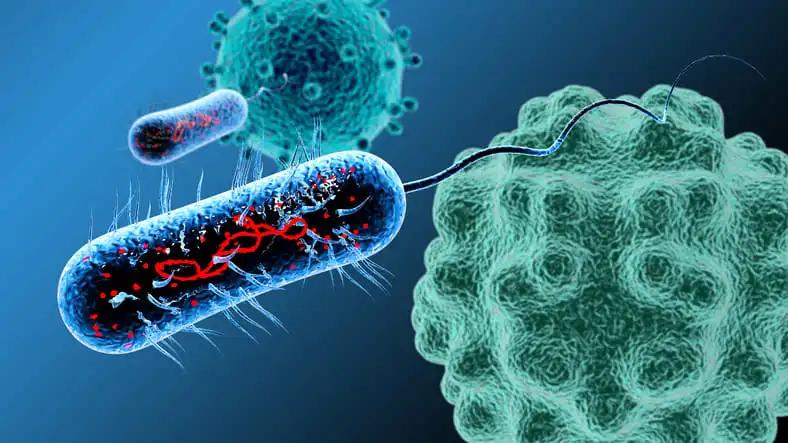KEY TAKEAWAYS
- The Part B of SOLTI TOT-HER3 studied the efficacy and safety of patritumab deruxtecan in hormonal receptor-positive/HER2-negative (HR+/HER2-) and TNBC.
- The primary objective was to examine tumor cellularity and CelTIL score variations between pre-and post-treatment tumors.
- Associations between baseline clinical and biological features, changes in CelTIL, and the overall response rate (ORR) were investigated.
- The study reported that HER2-tumors showed significant changes and clinical response after one dose of HER3-DXd, regardless of initial ERBB3 levels.
Part A of SOLTI TOT-HER3 reported the promising biological and clinical activity of patritumab deruxtecan (HER3-DXd) in patients (pts) with hormonal receptor-positive/HER2-negative (HR+/HER2-) early breast cancer after a single dose of 6.4 mg/kg. This study demonstrated the efficacy and safety results of TOT-HER3 Part B.
This window of opportunity trial recruited two cohorts of pts with treatment-naïve HER2- primary operable BC, ≥1 cm by ultrasound or MRI. Each patient received a single dose of HER3-DXd 5.6 mg/kg. The trial’s main objective was to measure the deviation in tumor cellularity and tumor-infiltrating lymphocytes (CelTIL) score between pre-and post-treatment tumors. The study also explored the associations of baseline clinical and biological features with CelTIL changes and overall response rate (ORR) by ultrasound.
Investigators analyzed 37 pts diagnosed with HER2- breast cancer, 20 being HR+ and 17 being TNBC. Their age range varied between 30 and 81, with an average age of 53 (54% of the participants were pre-menopausal). The average tumor size was 21 mm, ranging from 10 to 81 mm, and the median Ki67 was 30%, ranging from 12% to 95%. After undergoing HER3-DXd treatment, 21 patients (57%) experienced an increase in CelTIL score, while 16 patients (43%) experienced a decrease. CelTIL score showed a significant change in paired samples overall (p=0.046) and in TNBC (p=0.016) but not in HR+ (p=0.793). The overall ORR by the US was 32%, with TNBC showing a slightly higher ORR at 35% compared to HR+ at 30%. The absolute change in CelTIL was associated with ORR, with an AUC of 0.693 and p=0.049. There was no connection between baseline ERBB3 levels and CelTIL change or ORR.HER3-DXd treatment upregulated immune-related genes, including PD1, CD8, and CD19, while simultaneously downregulating proliferation-related genes. Of the 100 pts, 31 (84%) experienced AEs at any grade, with nausea, fatigue, alopecia, diarrhea, constipation, and vomiting the most common. One patient suffered from grade 3 treatment-related nausea, and no ILD events were reported.
HER2-tumors showed significant changes and clinical response after one dose of HER3-DXd, regardless of initial ERBB3 levels. Treatment safety was consistent with previous reports. Further correlative analysis will be shared.
Clinical Trial: https://classic.clinicaltrials.gov/ct2/show/NCT04610528
Oliveira. M., Pascual. T., Ortega, P.T., Vila, M. M., Cejalvo, J.M., Jurado, J.C., Salvador Bofill, F.J., Arumi de Dios, M.A., Vidal Losada, M.J., Simon, S.P., Esker, S., Fan, P., Santhanagopal, A., Martínez-Sáez, O., Brasó-Maristany, F., Villacampa, G., Sanchez Bayona, R., Ferrero Cafiero, J.M., Falato, C., Prat, A. Annals of Oncology (2023) 8 (1suppl_4): 101220-101220. 10.1016/esmoop/esmoop101220.



